This guide was developed and published prior to amendments to the model WHS Regulations in 2022. The guide is an archived document and is provided for background only.
This information sheet provides guidance on managing risks with air compressors and air receivers at your workplace, including:
-
fitting split rim tyres
Use this information sheet if you, or the workers you manage, unpack shipping containers.
These information sheets have information on:
This information sheet provides information on high risk work licensing requirements when carrying out dogging work.
Use this information sheet if you measure and assess vibration at the workplace.
This information sheet is part of a workplace vibration collection, including:
Workers using hand-held power tools – such as jack-hammers, chainsaws, grinders, drills, riveters and impact wrenches – may be exposed to harmful levels of hard-arm vibration (HAV).
This information sheet provides information about managing traffic risks at a workplace, including work on or near a public road.
This document is part of a series including:
Managing traffic is important for workplace health and safety. This checklist can help you identify potential traffic hazards at your workplace.
This checklist helps you put in place traffic control measures in your workplace.
This checklist is part of a collection with:
This information sheet provides information about managing the risks of operating powered forklifts in the workplace.
This guidance provides information on the potential hazards of plant used in forest
This information sheet provides information about managing the risks of trees and vegetation near overhead electric lines.
This document is part of a series which includes specific guidance on: :
This information sheet provides information about managing risks with scaffolding near overhead electric lines.
It is supported by the specific guidance on:
-
common types of scaffolds and scaffolding
This information sheet provides information on the safe design, manufacture, import and supply of plant.
This document is part of a series which includes:
This information sheet is about managing the risks of vehicle loading cranes in the workplace.
his document is part of a series which includes:
This information sheet provides information about managing the risks of using powered mobile plant as a crane.
Using other powered mobile plant as a crane information sheet
This document is part of a series which includes:
This guide provides information on managing the risks of quick hitches for earthmoving machinery.
Supporting Information
his guide is part of a series including:
This information sheet provides guidance on managing the risks of crane-lifted work boxes.
It is supported by the general guide to cranes and specific guidance on:
-
mobile cranes
-
tower cranes
This information sheet provides advice on what is ‘work of a minor nature’ when testing, maintaining or repairing a building or structure.
This information sheet provides information about what should be included in workplace specific induction training and task specific training for construction work.
This information sheet helps you prepare a safe work method statement (SWMS) for high risk construction work.
This guide provides information on how the model work health and safety (WHS) laws apply to volunteers
This information sheet provides information on managing risks associated with steel erection work including:
-
who has responsibilities at the design and planning stage?
This information sheet provides information on managing the risks associated with working on roofs including:
-
working at height
-
roof access
-
fragile roofs
This information sheet provides information about managing the risks of using quad bikes in rural workplaces, including:
-
determining farm vehicle needs
This guidance material provides information on managing risks with split rims and compressed air in the workplace:
Use the split rims general guide if your workplace:
-
fits split rim tyres, or
This content is currently under review as part of a broader review of Crane licensing.
This content is currently under review as part of a broader review of Crane licensing.
These guides provide information on managing the risks of working with cranes:
This handbook provides guidance on good work design. It includes the
This information sheet provides information about managing the risks of formwork and falsework.
This document is part of a series which includes:
This guidance material provides information on managing the risks associated with scaffolds and scaffolding work at a workplace.
These guide provide information on managing the risks of working with industrial lift trucks.
Use this guide to manage the risks of working near overhead and underground electric lines.
There is also specific information on:
The following guidance material provides information on the safe design, manufacture, import and supply of plant.
This guide was developed and published prior to amendments to the model WHS Regulations in 2022. The guide is an archived document and is provided for background only.
This guide provides practical guidance for workers on how to manage fatigue to ensure it does not contribute to health and safety risks in the workplace.
This guide helps doctors monitor the health of workers exposed to 4,4'-Methylene Bis (2Chloroaniline) [MOCA].
This guide helps doctors monitor the health of workers exposed to vinyl chloride.
This guide helps doctors monitor the health of workers exposed to thallium.
This guide helps doctors monitor the health of workers exposed to polycyclic aromatic hydrocarbons (PAHs).
This guide helps doctors monitor the health of workers exposed to pentachlorophenol (PCP).
Pure pentachlorophenol (CAS 87-86-5) is a colourless or white, needle-like crystal.
This guide helps doctors monitor the health of workers exposed to inorganic mercury.
This guide helps doctors monitor the health of workers exposed to inorganic lead.
This guide helps doctors monitor the health of workers exposed to creosote
Creosote (CAS 8001-58-9; 8021-39-4; 8007-45-2) is the name for products that are mixtures of many chemicals.
This guide helps doctors to monitor the health of workers exposed to chromium.
Chromium (CAS 7440-47-3) is a steel-grey metal that exists as:
-
a free metal
